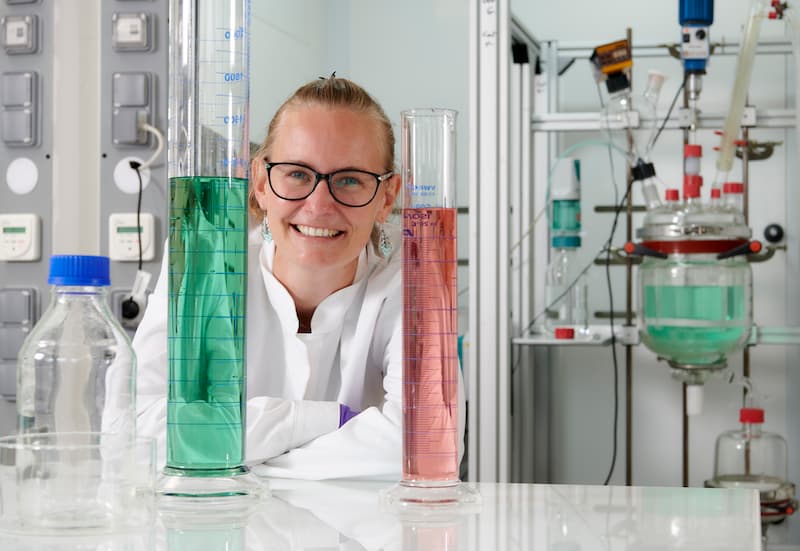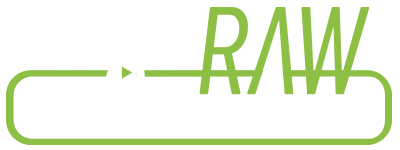LET'S EXPLORE THE CONTRIBUTIONS MADE BY THESE THREE PARTNERS!!!
The BATRAW project is progressing and achieving remarkable results. Each partner is working to meet the objectives and expectations that the project has created.
This time, as usual, we will describe the impact of three of our partners.
Let’s talk about the CEA, the French Commission for Alternative Energies and Atomic Energy. They are a French public research organisation funded by the government in the fields of energy, defence and security, information technologies and health technologies. They are also a key player in research, development and innovation in low carbon, nuclear and renewable energies.
For the project, Orano and the CEA are jointly developing new technologies covering the entire battery recycling value chain:
- A breakthrough technology that allows batteries to be deactivated regardless of their state of charge and for both damaged and undamaged batteries. This approach differs significantly from conventional electrical discharge, which is difficult to apply to damaged batteries.
- Combined physical and chemical processes to separate graphite from the active material contained in the black mass. These two fractions can be effectively recovered and separated prior to the leaching stage.
- An innovative approach to black mass leaching that combines dissolution of all the metals of interest with selective separation of one of the constituent materials. This approach would significantly reduce the costs associated with separation steps downstream of the leaching stage.
After one year of the project, all three of the above technologies have been demonstrated and will be scaled up with industrial partners during the remainder of the project.

On the other hand, we have our partner CESVIMAP, the MAPFRE Road Experimentation and Road Safety Centre. It is a renowned research and development centre based in Spain. It is part of the MAPFRE Foundation and specialises in vehicle safety, crash testing and accident analysis. CESVIMAP carries out vital research to improve road safety, develop advanced safety technologies and mitigate the effects of accidents, with the aim of making our roads safer for everyone.
They are working on WP2, Holistic assessment for EoL EV battery pack. As part of their activities, they are analysing procedures for disassembling EV batteries down to modules. In addition, they are researching protocols for transporting batteries & modules in the project. They are also looking into the possibility of battery repair.
The other work package committed to is WP7 Sustainability Assessment. They are working on writing the Eco-design Guide for Vehicle Manufacturers, which will be delivered next year, and LCA Life Cycle Assessment.
They are working hard to maximise the visibility of the project. Here are some of their contributions:
- Two podcast episodes about the project and the sustainability:
- News about CESVIMAP and its impact on the project in media such as ABC, Europa Press or Diario de Ávila.
- Its I+D project area has been awarded several times: CEX Awards 2023 (finalist) & Best project oriented towards sustainability mobility on e-mobility Innovation Awards 2023.
- Organised an event on World Recycling Day, which gave visibility to the project.
Finally, it is time to talk about Fraunhofer, a German research organisation that is the world’s leading applied research organisation. It prioritises key technologies for the future and commercialises its findings in business and industry. It plays an important role in the innovation process.
Founded in 1949, it currently operates 76 institutes and research units throughout Germany. Some 30,800 employees, mainly scientists and engineers, work with an annual research budget of around €3.0 billion, of which €2.6 billion is for contract research.
Whitin the WP4, milestone M4.2, the production of at least 80 Kg of black mass by sorting shredded domestic batteries at Fraunhofer IWKS, was achieved in May 2023. The shredded material was soaked in water, mixed, and then sieved. Element analysis results show impurities (Fe, Cu, Al) of about 5 wt%, which implies a purity of the black mass of around 95 wt%. With this satisfactory result the black mass is ready for the hydrometallurgical treatment at ORANO.
Furthermore, Indumetal and Fraunhofer IWKS visited each other for a better understanding each of these processes. Together they carried out experiments at the facility of Fraunhofer IWKS with domestic EoL batteries. The batteries were comminuted with shock waves under water using the so-called Electrohydraulic Fragmentation (EHF). The produced material-water-mix was then sorted by skimming and sieving resulting in three fractions metals, plastics, and black mass. The impurity (Fe, Cu, Al) of the resulting black mass was found to be a bit higher (around 9 wt%) for cylindrical cell containing batteries. However, pouch cells had only about 4 wt%).
The results are very good and there’s still potential for optimization, which will be worked on in the coming months.




